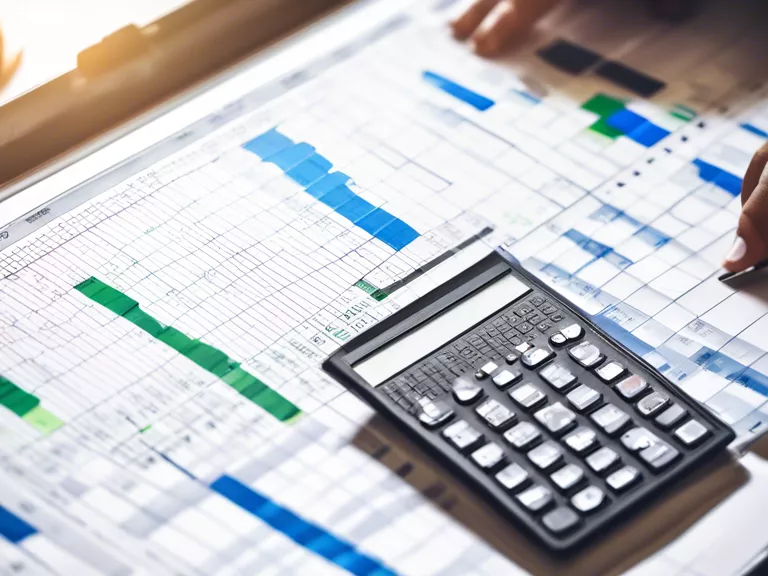
Advanced spreadsheet formulas are essential for data analysis in today's fast-paced business environment. To master these complex formulas, you need to understand how they work and when to use them. Here are some tips to help you become an expert in using advanced spreadsheet formulas for data analysis.
Understand the basics: Before diving into advanced formulas, you need to have a solid understanding of basic spreadsheet functions such as SUM, AVERAGE, and COUNT. These functions are the building blocks on which the more complex formulas are based.
Learn the commonly used formulas: Some of the most commonly used advanced formulas for data analysis include VLOOKUP, INDEX-MATCH, SUMPRODUCT, and IFERROR. Familiarize yourself with these formulas and practice using them in different scenarios.
Combine formulas: Advanced users often combine multiple formulas to achieve their desired results. For example, you can use the IF function within a VLOOKUP formula to return different results based on a condition. Experiment with different combinations to see what works best for your data analysis needs.
Use array formulas: Array formulas allow you to perform calculations on multiple cells at once. This can be especially useful for complex calculations involving large datasets. Learn how to create and use array formulas to speed up your data analysis process.
Stay updated: Spreadsheet software is constantly evolving, with new features and functions being added regularly. Stay updated on the latest advancements in spreadsheet technology to ensure you are using the most efficient formulas for your data analysis needs.
By following these tips and practicing regularly, you can master advanced spreadsheet formulas for data analysis and improve your efficiency in handling large datasets.



